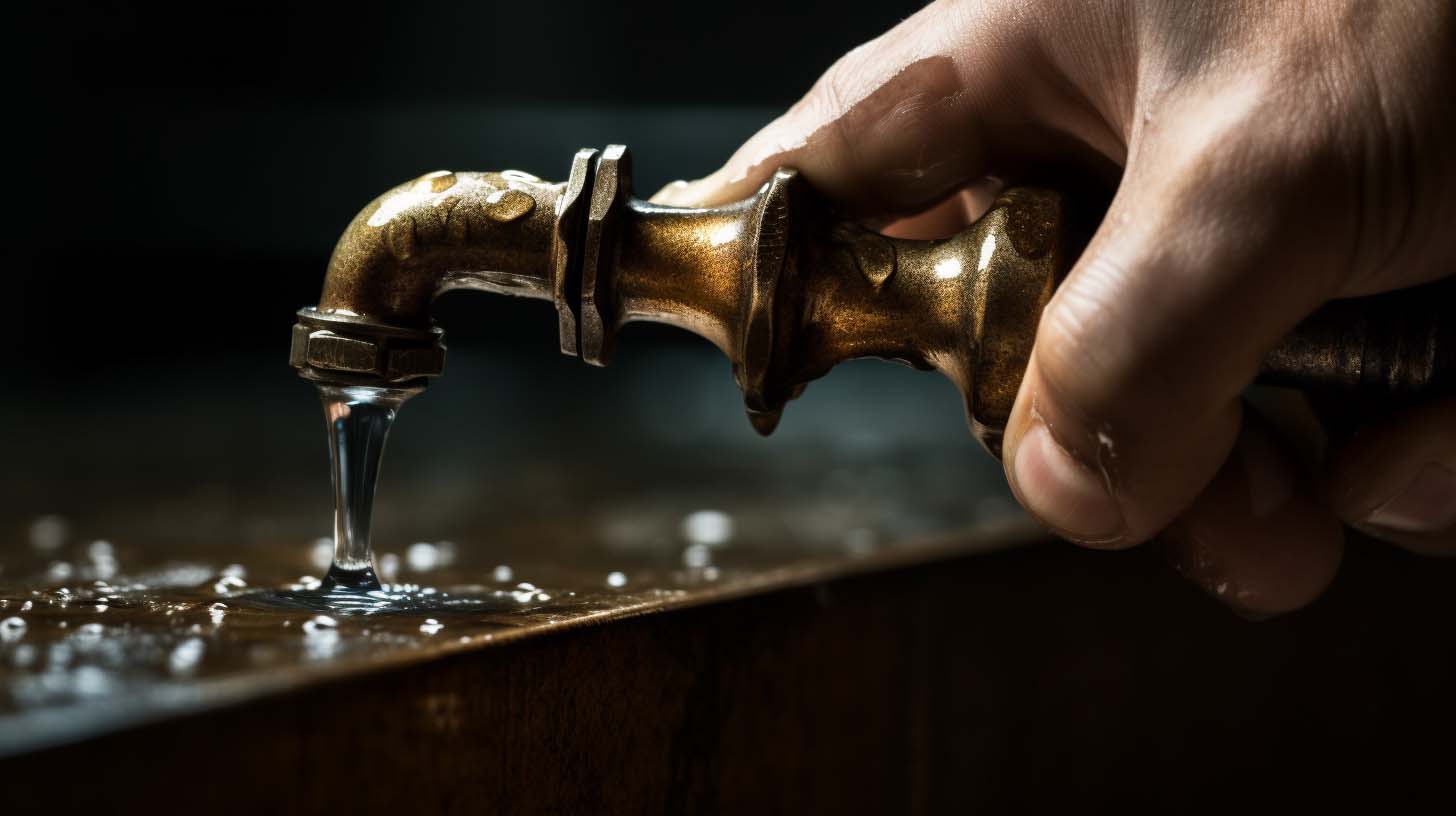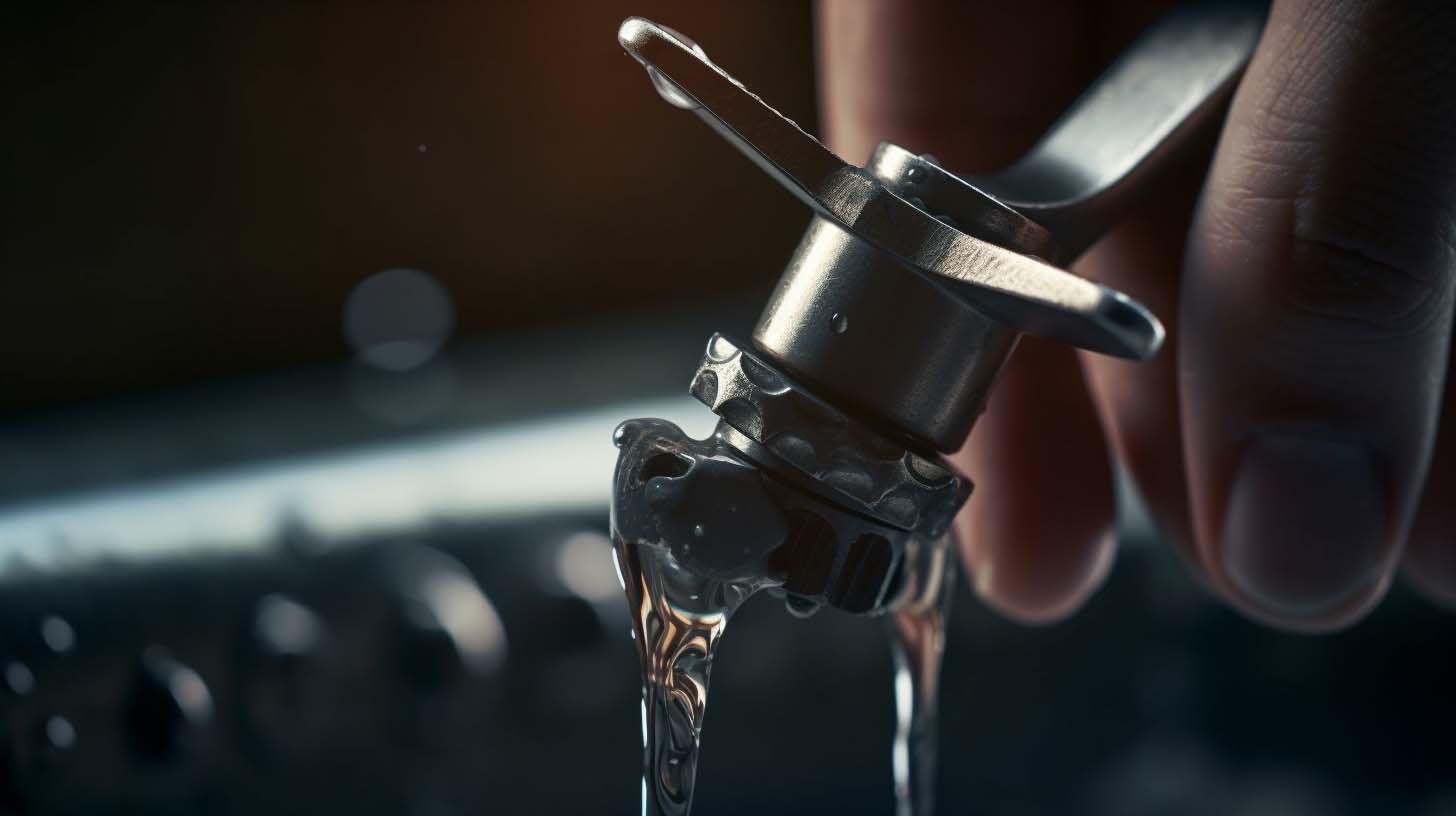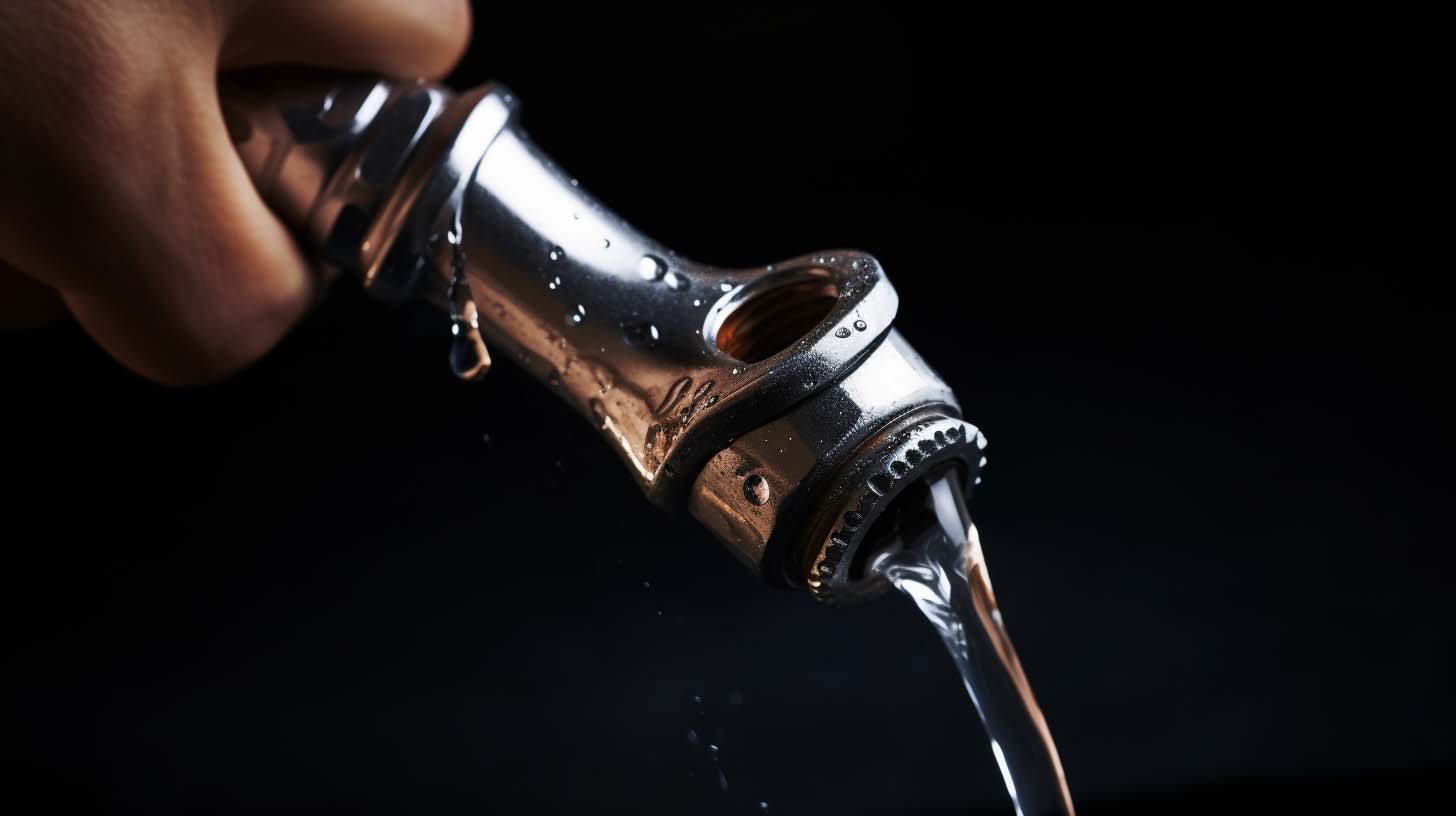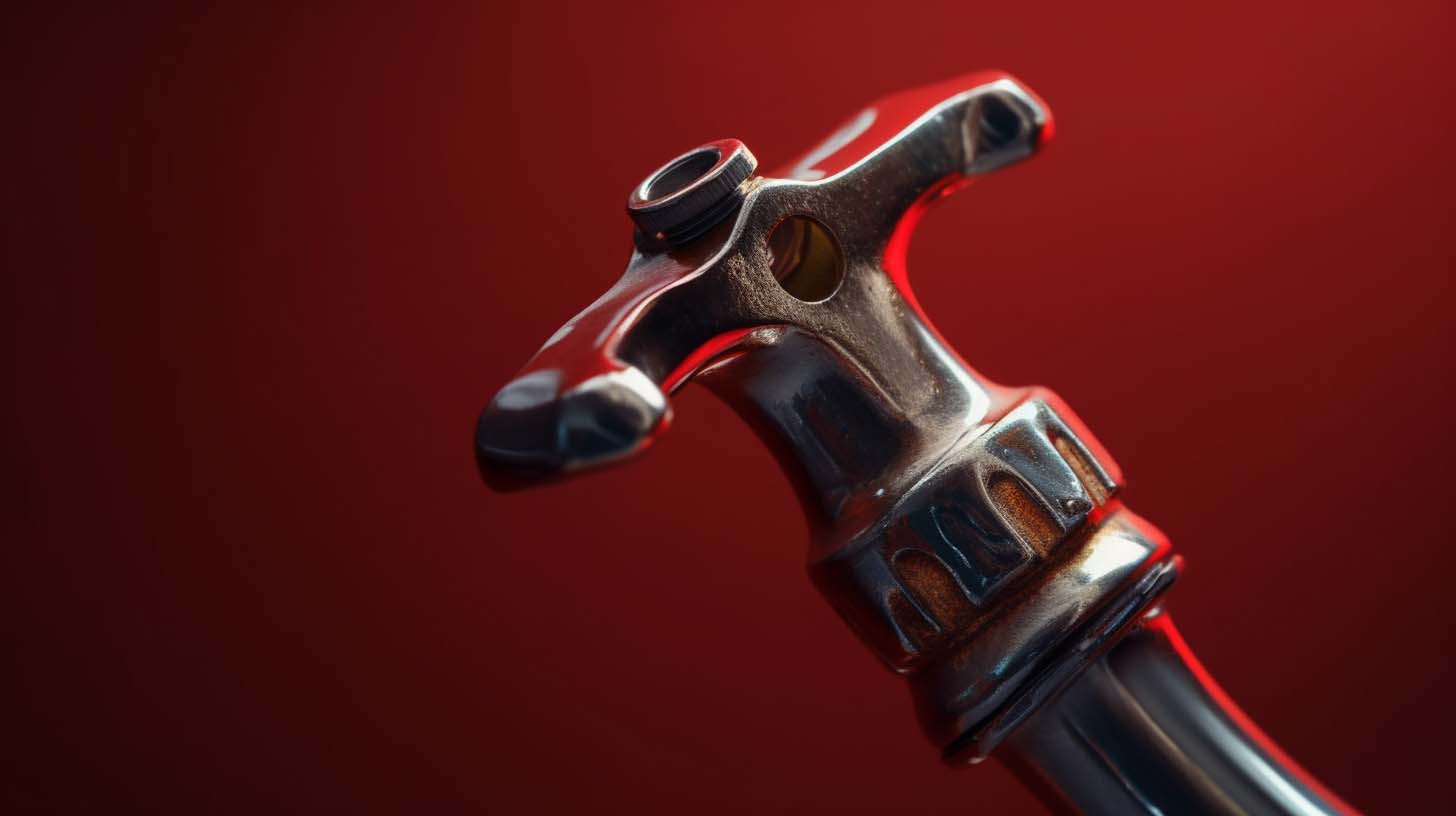Faucets are a fundamental component of the home plumbing system, providing an essential link between the interior plumbing and the exterior water source. When a faucet malfunctions, it can create a significant disruption in the home. This article provides a troubleshooting guide for common faucet issues, including identifying the issue, gathering the right tools, replacing washers and seals, unclogging the faucet, and removing and replacing the faucet. By following these steps, it is possible to diagnose and address most issues that may arise with a faucet.
The troubleshooting guide provided in this article is designed to be comprehensive, providing an in-depth analysis of the most common faucet issues. It covers the basics of identifying, diagnosing, and resolving the issue, as well as the more complex processes of identifying and replacing components. By following the steps outlined in this article, it is possible to effectively and efficiently address a wide range of faucet issues.

This section focuses on the importance of correctly identifying the issue in order to successfully troubleshoot common faucet problems.
Many times, a plumbing issue can easily be resolved by simply installing a new part or adjusting the water pressure. It is important to identify the specific issue before taking any steps to repair the faucet.
This can be done by carefully examining the faucet, paying special attention to any areas that are leaking or not working correctly. To make sure the problem is properly identified, it is often beneficial to consult a professional, as they can provide an accurate assessment of what is wrong and the best solution to fix it.
Once the issue has been identified, the next step is to gather the right tools and materials needed for the repair. It is important to have the necessary tools and supplies on hand to ensure that the repair is done correctly and efficiently.
This step is essential for a successful repair, as having the right tools can make the process much easier and less time-consuming. By taking the time to properly identify the problem and gather the right tools, homeowners can save time and money when fixing common faucet issues.
Gathering the necessary tools for addressing faucet-related problems is an essential step in the resolution process. It is important to take the time to research and select the right tools for the job, as the wrong ones may lead to further damage or inefficient repair work. Selecting the correct supplies and installing the right tools is critical for success when attempting to fix a faucet.
For example, a wrench set is generally recommended for removing the faucet parts as well as a set of pliers to help with the installation of a new washer or seal. Other possible supplies to consider include a new faucet seat, water supply lines, and a basin wrench. Choosing the right tools and supplies is the key to successful faucet repair.
With the right tools and supplies in hand, the next step is to replace the washers and seals. This procedure is often necessary to restore proper functionality to a leaking faucet.
Replacing the worn washers and seals is an important step in restoring a leaky faucet to proper operation. Ideally, this should be done by an experienced plumber, but if the user is mechanically inclined they may be able to do the installation themselves.
The process involves first turning off the water supply, then removing the handle and the spout. After unscrewing the packing nut, the user can access the valve stem and replace the parts. Installing seals should be done carefully to ensure a secure fit and no leaks. Finally, the handle, spout, and packing nut should be reassembled.
With the washers and seals replaced, the faucet should be restored to proper operation.
The next step in the troubleshooting process is unclogging the faucet in order to restore full water flow.

Unclogging a faucet is a necessary step to restore full water flow and eliminate any blockages. Depending on the severity of the obstruction, there are a few methods to try before replacing the faucet.
First, it is important to clean the pipes to ensure there are no deposits that are blocking the water. This can be done by using a combination of vinegar and baking soda. The mixture should be poured into the pipe and left for a few minutes before rinsing with water.
If this does not work, then the pipes may need to be replaced. This can be done by using a wrench to loosen the pipe and then replacing it with a new one.
If the faucet is still not unclogged, it may be necessary to remove and replace the entire faucet.
Removing and replacing a faucet can be a time-consuming task that requires careful attention to detail.
Before beginning, it is important to make sure that all water is drained from the system and that the shut-off valves are turned off.
Unscrew the faucet from the sink using a wrench or a plumber's wrench, and then remove the faucet.
Carefully inspect the old faucet for any signs of wear and tear and replace any parts that are damaged.
Once the old faucet is removed, use a putty knife to scrape away any old putty from the sink and the faucet before attaching the new faucet.
Apply a generous layer of plumber's putty to the underside of the faucet before attaching it.
Secure the new faucet by tightening the screws with a wrench or a plumber's wrench and then test it to ensure that it is properly installed.

Examining the pipes, it is important to determine the right seal or washer for the specific faucet. Chemical alternatives may be an option, but should be used carefully. With the right seal, the faucet can be fixed easily and effectively, providing an innovative solution.
To determine if the cause of the issue is the faucet or the pipes, check the water pressure. If it is significantly reduced, it could be due to mineral buildup in the pipes. Examine the faucet for leaks or blockages to determine if the issue is within the faucet itself.
Using chemical drain cleaners is not advisable as a means for unclogging a faucet due to potential adverse effects on drain maintenance. It is best to use alternative methods to prevent clogged drains.
If the faucet won't turn off completely, check the water pressure and temperature adjustment. Adjusting the temperature to a lower setting or reducing the water pressure may be necessary to make the faucet turn off completely. Be sure to make adjustments slowly and carefully for the best results.
The Current Question pertains to whether a leaking faucet can be repaired without removing it. This depends on the water pressure and the location of the shut off valve. Understanding these components and the cause of the leak is key to determining if the faucet can be repaired without removal. Innovative solutions may then be explored.

In conclusion, it is important to be aware of the different issues that can arise with a faucet.
It is equally essential to be equipped with the right tools and knowledge in order to effectively troubleshoot and repair the faucet.
Common problems such as a leaky faucet, clogged faucet, or faulty parts can all be fixed through replacing washers and seals, unclogging the faucet, and removing and replacing the faucet.
By having the necessary tools, knowledge, and patience, a successful faucet repair can be achieved.
With the right effort and diligence, the faucet can be back to its original working condition in no time.